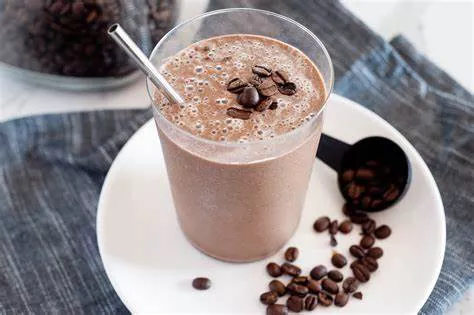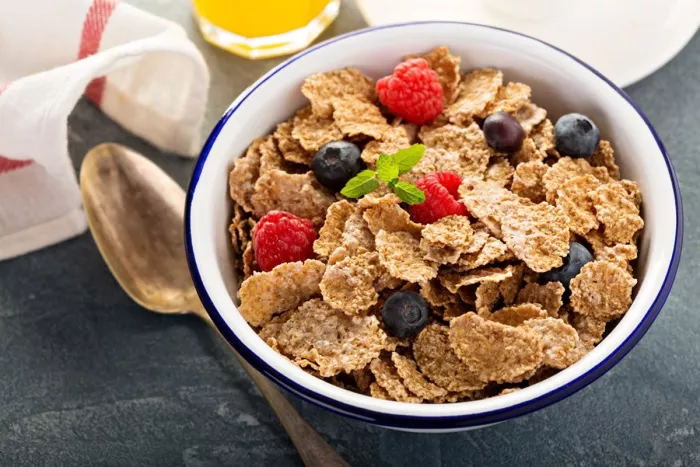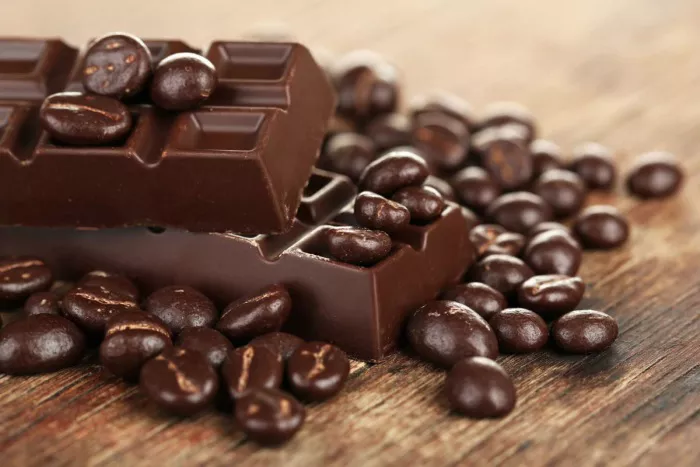Espresso vs. Americano—a tale of two coffee styles that captivates the palate of coffee enthusiasts worldwide. In the realm of specialty coffee, the choice between these two brews is often a matter of preference, each offering a unique sensory experience. In this comprehensive guide, we dive into the nuances that set Espresso and Americano apart. From the brewing methods to the flavor profiles, this exploration aims to demystify the world of concentrated coffee beverages, shedding light on what makes these two classics distinct.
Espresso
At the heart of Italian coffee culture lies the espresso, a concentrated and bold brew that packs a punch in a small, potent shot. The preparation of espresso involves forcing hot water through finely-ground coffee beans under high pressure. The result is a small yet intense shot of coffee with a layer of crema—the golden-hued, aromatic froth that crowns a well-pulled espresso.
The hallmark of a perfect espresso lies in its rich, full-bodied flavor, marked by a harmonious balance of sweetness, acidity, and bitterness. The brewing process extracts the coffee’s soluble compounds efficiently, creating a beverage that showcases the essence of the beans used. Whether sipped on its own or as the foundation for various coffee-based drinks, espresso is the cornerstone of the specialty coffee world.
Americano
The Americano, born out of necessity during World War II, offers a milder alternative to the bold intensity of espresso. To create an Americano, a shot (or more) of espresso is diluted with hot water, resulting in a coffee that shares visual similarities with drip coffee but preserves the distinct characteristics of espresso.
The dilution process in an Americano imparts a lighter body and a more subtle flavor profile compared to its concentrated counterpart. By adjusting the ratio of water to espresso, coffee lovers can tailor the strength of their Americano to suit personal preferences. The versatility of the Americano lies in its ability to provide a customizable coffee experience—whether enjoyed black or with added cream and sugar, it stands as a testament to the adaptability of espresso-based beverages.
Brewing Methods
Espresso and Americano may share the same parentage, but their brewing methods diverge, leading to distinct flavor profiles. Espresso is crafted using a specialized machine that exerts pressure to force hot water through finely-ground coffee at a rapid pace. The result is a concentrated shot of coffee, usually served in small, demitasse cups. The precision and speed required in pulling a perfect espresso shot make it a skillful art form that baristas hone over time.
On the other hand, an Americano can be prepared with more accessible equipment. After extracting a shot of espresso, hot water is added to the desired strength, creating a brew that resembles drip coffee. The flexibility in the Americano’s brewing method makes it an approachable choice for both home brewers and coffee shop patrons seeking a milder alternative to traditional espresso.
Flavor Profiles
The true essence of Espresso vs. Americano lies in their distinct flavor profiles, each offering a unique journey across the taste spectrum. Espresso, with its concentrated richness, showcases the inherent characteristics of the coffee beans—be it the fruity notes of African beans or the chocolatey undertones of South American varieties. The fleeting intensity of an espresso shot leaves a lingering complexity on the palate, making it an immersive experience for coffee connoisseurs.
Conversely, the Americano, born from the dilution of espresso, offers a milder and more approachable taste. The additional water allows for a gentler extraction of flavors, resulting in a coffee that is less bold but still highlights the nuances of the beans. The Americano’s flavor profile is often characterized by a smoother, less acidic taste, making it an ideal canvas for customization with milk or sweeteners.
Caffeine Content
Espresso and Americano, despite their shared origin, differ in their caffeine concentrations due to the brewing methods employed. Espresso, being a concentrated shot, has a higher caffeine content per ounce compared to Americano. The pressure and speed at which espresso is brewed extract a greater amount of caffeine from the coffee grounds, resulting in a potent shot that delivers a quick and robust energy boost.
In contrast, the dilution process of the Americano reduces its caffeine concentration, making it a milder option for those who prefer a less intense buzz. The customizable nature of the Americano allows individuals to tailor their caffeine intake by adjusting the ratio of water to espresso. Whether seeking a quick jolt of energy or a more gradual pick-me-up, understanding the caffeine dynamics of Espresso vs. Americano empowers coffee enthusiasts to make informed choices based on their preferences and tolerance levels.
Popular Variations: Espresso-Based Delights
Beyond the classic Espresso and Americano, both brews serve as the foundation for a myriad of popular coffee variations that cater to diverse tastes. The macchiato, for instance, adds a touch of steamed milk or foam to a shot of espresso, creating a drink that balances the intensity of espresso with a creamy finish. The cortado, a Spanish-inspired creation, combines equal parts espresso and steamed milk, resulting in a beverage that retains the boldness of espresso while softening its edges.
For those with a sweet tooth, the latte offers a delightful combination of espresso and steamed milk, often topped with a thin layer of foam. The mocha, a chocolate-infused delight, incorporates cocoa into the mix, providing a rich and indulgent experience. The versatility of Espresso and Americano extends beyond the brew itself, offering a canvas for creativity and innovation in the world of specialty coffee.
Conclusion
Espresso vs. Americano—a tale of two brews that showcase the diversity and artistry within the world of coffee. Whether you find solace in the concentrated richness of espresso or prefer the milder, customizable nature of an Americano, each brew offers a unique journey across the taste spectrum. Understanding the nuances of their brewing methods, flavor profiles, caffeine content, and popular variations empowers coffee enthusiasts to navigate the coffee landscape with confidence. So, the next time you find yourself contemplating your coffee order, savor the choice between Espresso and Americano, knowing that each cup is a testament to the rich heritage and evolving culture of specialty coffee.

























